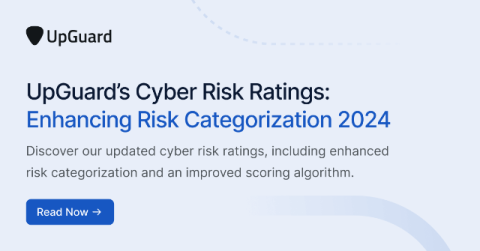Mitel MiCollab Vulnerabilities: CVE-2024-35286 and CVE-2024-41713
Mitel’s MiCollab Unified Communications solutions are widely used by businesses to streamline communications. However, two critical vulnerabilities, CVE-2024-35286 and CVE-2024-41713, have been identified across several versions of Mitel MiCollab. CVE-2024-35286 has been identified in versions 9.8.0.33 and earlier and CVE-2024-41713 has been identified in versions 9.8 SP1 FP2 (9.8.1.201) and earlier.











